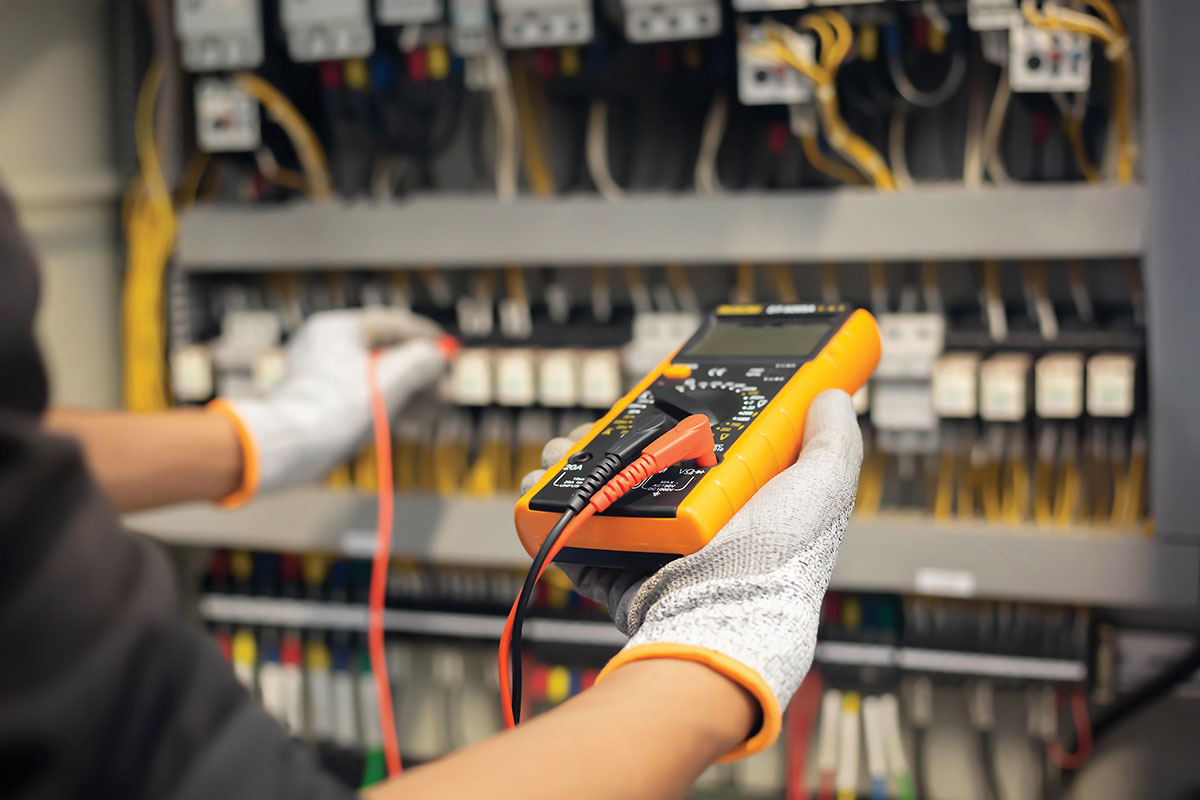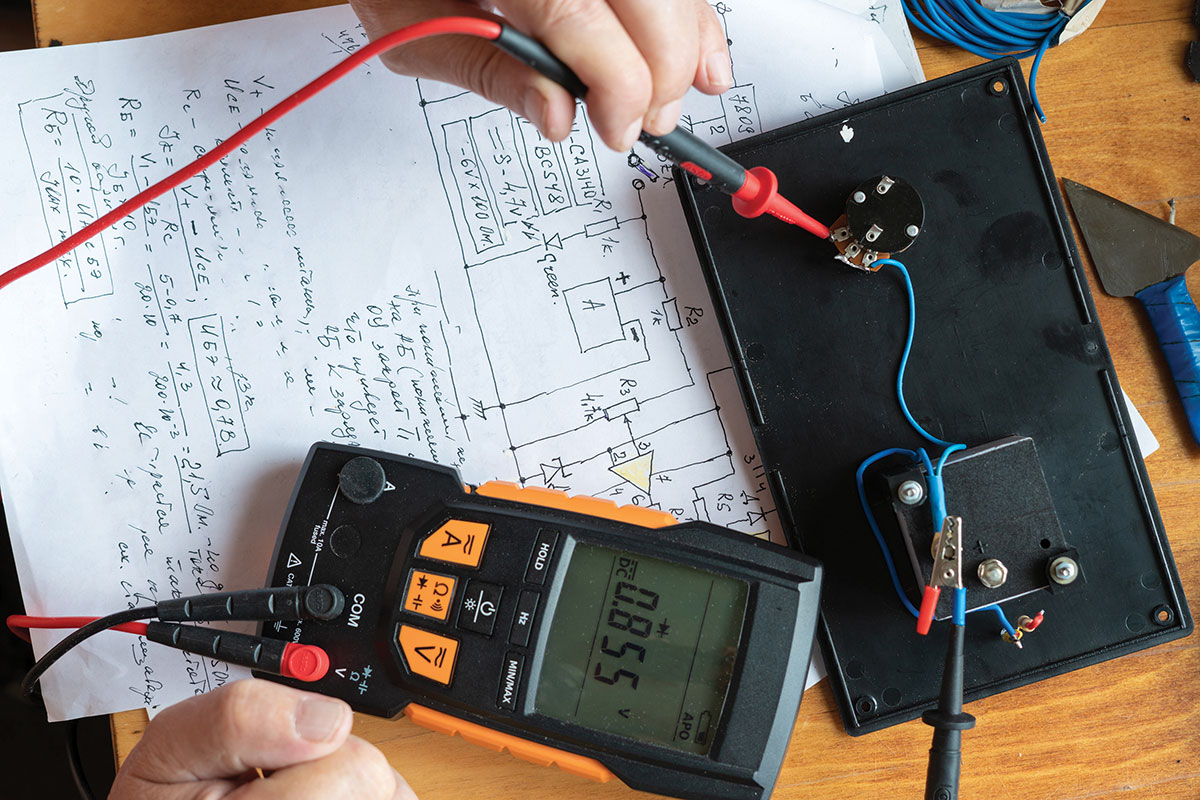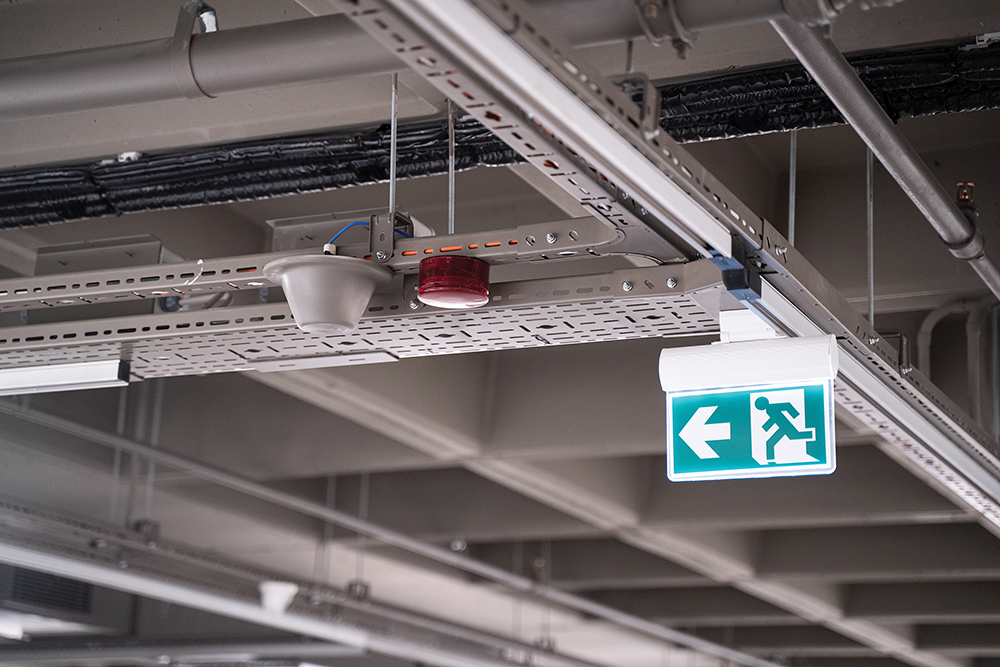In today’s tough economic conditions, with shorter production cycles and pressure on margins, manufacturers are looking for ways to build safe products faster and smarter.
Regulations often require that products meet certain electrical standards, such as UL standards or the National Electrical Code. When products have been certified to meet these standards, they are typically identified with a mark applicable for that market, such as the CSA US mark for the U.S. or the CSA mark for Canada.
Other reasons for certification are to meet industry best practices, to achieve greater market acceptance by consumers, and to meet requirements set out by specifiers. The process must be swift and cost-efficient so that products get to their markets quickly, priced competitively without compromising the quality of the product.
When a product bears a mark applicable to a market, the standard to which it is certified must also be applicable to that particular market. For example, if a component has been certified and is bearing the CSA US mark, then the product has been certified to American standards. A product may also be certified to standards applicable to more than one market and thus would bear a mark, or multiple marks, indicating this. For example, products bearing the CSA C/US mark have been certified to standards applicable to both the U.S. and Canadian markets.
There have been tremendous efforts in recent years to harmonize standards to eliminate them as barriers to trade. Standards writing bodies in North America have responded by creating an organization called CANENA (Council for Harmonization of Electrotechnical Standardization of the Nations of the Americas), which seeks to harmonize standards in North America. Standards which successfully complete this process will be close to identical in the Canadian, American and Mexican markets. CSA for example, has adopted or developed over 200 harmonized standards. If a product is certified to a harmonized standard, the certification mark which appears on the product will reflect the market in which the manufacturer sells its product.
Component certification is designed to eliminate unnecessary duplication of tests by having components evaluated and certified once, and then accepted in products. If components have already been tested and certified to recognized standards, common sense would indicate that getting the end product certified should be faster and less costly than starting from scratch. This duplicate testing can also slow down the product certification process.
Unfortunately for manufacturers, this is not always the case. That’s because some certifiers do not accept the components certified by other certification organizations. This is a situation that manufacturers and specifiers themselves can help change.
How Is a Component Defined?
A component is a part or sub-assembly that is used in combination with other parts within an end product, and which is covered by a specific standard. A few examples of components are: terminal blocks, relays, contactors, programmable controllers, lighting ballasts and wire connectors.
What Is Component Acceptance?
Component acceptance is when a certification organization, in evaluating a product, accepts certified components without the need for retesting. When two or more certification organizations agree to components certified by each other, it is referred to as mutual component acceptance. When a certified component is accepted by another certification organization, it is still required to undergo evaluation as part of the overall product, but not re-testing or re-certification.
What Are the Advantages of Mutual Component Acceptance?
Manufacturers can have their components and products certified by an organization of their choosing, and know that they can benefit from time and cost savings when tests are not duplicated.
Is this a common practice in the industry?
Not as much as manufacturers may like.
In 1994, CSA International developed and announced a policy for accepting components certified by other OSHA-accredited organizations. This policy challenged other North American certifiers to recognize and meet this important market need. And while a few have responded, some key players have not.
Are There Any Technical Reasons For Not Accepting Components?
Since the components are being tested by standards accepted by both U.S. and Canada, there is no technical reason for not accepting components. It’s important to remember that certified components have been tested to recognized standards, and many organizations are accredited to perform such testing. Technical competence to test components is evaluated by an accreditation body during their assessment.
How does non-acceptance of components affect manufacturers and the marketplace?
This is an issue manufacturers would like to see moved forward. It would be beneficial if there was a policy of mutual recognition between certification organizations. To save manufacturers the time and expense of retesting, some feel compelled to purchase only components listed by a single certifier – or to use a single source for all of their certification requirements. While this may be expedient in the short term, it can lead to negative consequences in the longer term: fewer certification service choices, longer delivery times and increased costs. Many manufacturers value a competitive marketplace where they can choose among certification service providers for the best price, delivery time and quality of service. In situations where mutual recognition exists, manufacturers would have the freedom to select certification service providers that best suit their needs.
What can manufacturers do to facilitate the mutual acceptance of components among certification organizations?
Before choosing a certification organization for their products, manufacturers can review their policies on component acceptance and consider the impact on their business. Manufacturers do consider policies on component acceptance and will seek those that will facilitate their best interests. Manufacturers can also specify and purchase components certified or listed for the U.S. market by accredited certification organizations. Manufacturers can also encourage certification organizations to be more liberal in their acceptance of components. Mutual recognition of components can benefit industry, and therefore needs to be discussed and encouraged.
CSA International is a provider of product testing and certification services for electrical, mechanical, plumbing, gas and a variety of other products. Recognized in Canada, the U.S. and around the world, CSA’s marks appear on millions of products annually. CSA International is a division of CSA Group which consists of CSA International, the Canadian Standards Association, a developer of standards and codes, and QMI for management systems registration.










Find Us on Socials